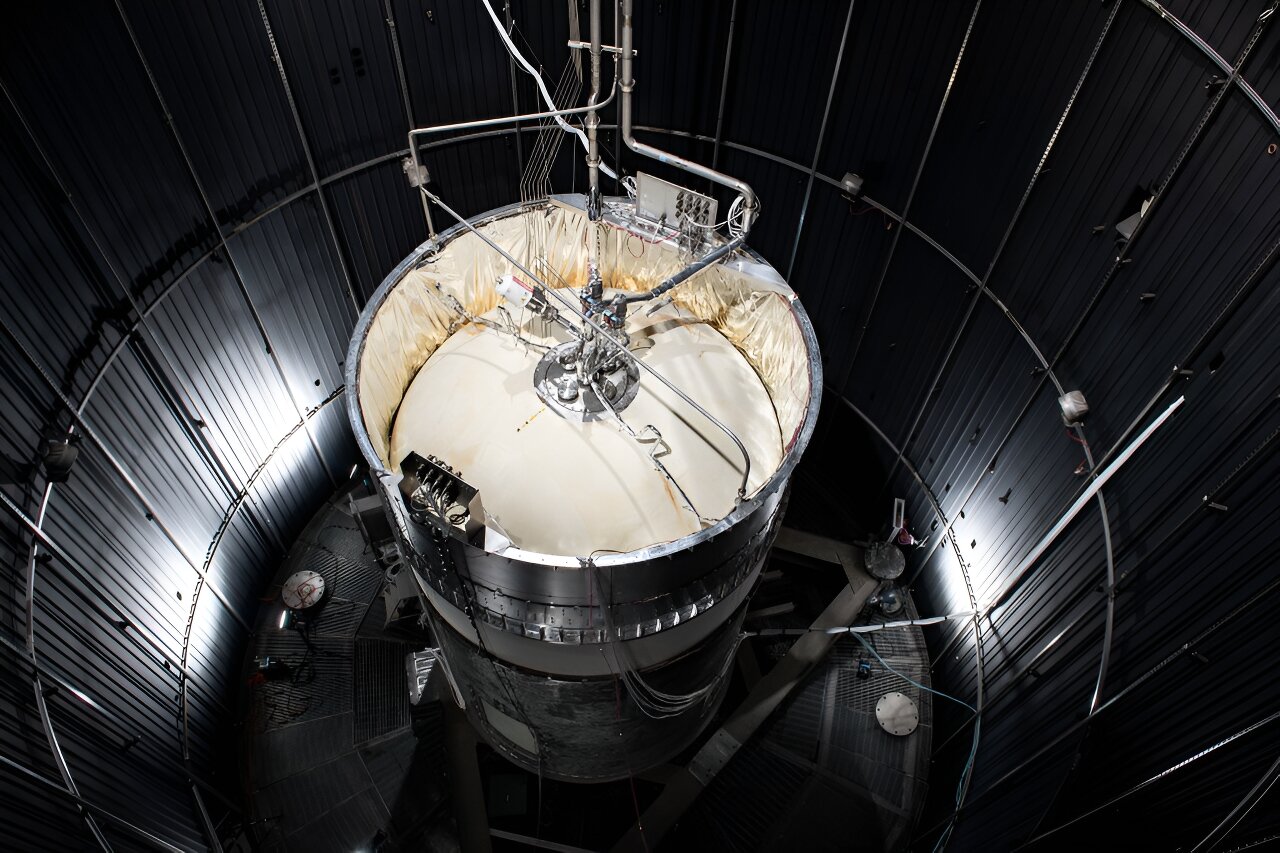NASA plans to test the latest technologies in the field of cooling. Cryogenic fluids will help improve spacecraft that will fly to the Moon and Mars in the future.

Cryogenic fluids
Cryogenic technologies are working with cryogenic liquids, i.e., substances that exist in a liquid state between -150°C and absolute zero (-273°C). These include liquid hydrogen, methane and oxygen. They are vital for spacecraft engines and life support systems. In the future, they can be mined on the surface of the Moon and Mars using in-situ resource utilization (ISRU).
Human exploration of deep space requires the storage of large volumes of cryogenic fluids for weeks, months and longer, as well as their movement between spacecraft or fuel depots in orbit and on the surface. Every aspect of this activity is complex, and so far, large volumes of cryogenic fluids have only been stored in space for a few hours.
Challenges of cryogenic technology
In order for cryogenic liquid to be used, it must remain in a cold, liquid state. However, the conditions of space travel—movement under sunlight and a long stay in low-gravity conditions—make it difficult to store matter in a liquid state and determine its amount in the tank.
Heat sources in space — the Sun and the spacecraft’s exhaust gases, create a hot environment inside and around storage tanks, causing evaporation or “boiling”. When the liquid changes to a different aggregate state, it can no longer effectively power the rocket engine. This also increases the risk of leakage or, worse, rupture of the tanks.
What is NASA doing?
NASA’s portfolio of Cryogenic Fluid Management (CFM) projects covers 24 developments and investments aimed at reducing boiling and improving measurements and methods of liquid transfer to space engines and landers. In the near future, four programs are planned on the ground, in near-Earth orbit and, soon, on the surface of the Moon.
In 2020, NASA signed four contracts with American industry. Delta Space, Lockheed Martin, SpaceX and United Launch Alliance became partners. Each company plans to launch a corresponding demonstration in 2024 or 2025, conducting numerous tests using liquid hydrogen to test technologies and processes.
NASA has developed Radio Frequency Mass Gauges (RFMG) to improve measurements, which make it possible to accurately measure the volume of liquid in conditions of low gravity or low thrust. Engineers perform spectral analysis of the contents of the spacecraft’s tank throughout the mission, comparing them with fluid models to accurately determine the remaining fuel.
According to phys.org
Follow us on Twitter to get the most interesting space news in time
https://twitter.com/ust_magazine


